There's quite a row developing after a scathing article in the
Australian, some news clips follow. h/t to Dr. Benny Peiser at
The GWPF
The [Australian] Bureau of Meteorology has been accused of manipulating historic temperature records to fit a predetermined view of global warming. Researcher Jennifer Marohasy claims the adjusted records resemble "propaganda" rather than science. Dr Marohasy has analysed the raw data from dozens of locations across Australia and matched it against the new data used by BOM showing that temperatures were progressively warming. In many cases, Dr Marohasy said, temperature trends had changed from slight cooling to dramatic warming over 100 years. - Graham Lloyd,
The Australian, 23 August 2014The escalating row goes to heart of the climate change debate - in particular, whether computer models are better than real data and whether temperature records are being manipulated in a bid to make each year hotter than the last. Marohasy's research has put her in dispute with BoM over a paper she published with John Abbot at Central Queensland University in the journal
Atmospheric Research concerning the best data to use for rainfall forecasting. BoM challenged the findings of the Marohasy-Abbot paper, but the international journal rejected the BoM rebuttal, which had been prepared by some of the bureau's top scientists. This has led to an escalating dispute over the way in which Australia's historical temperature records are "improved" through homogenisation, which is proving more difficult to resolve. - Graham Lloyd,
The Australian, 23 August 2014When I first sent Graham Lloyd some examples of the remodeling of the temperature series I think he may have been somewhat skeptical. I know he on-forwarded this information to the Bureau for comment, including three charts showing the homogenization of the minimum temperature series for Amberley. Mr Lloyd is the Environment Editor for The Australian newspaper and he may have been concerned I got the numbers wrong. He sought comment and clarification from the Bureau. I understand that by way of response to Mr Lloyd, the Bureau has
not disputed these calculations. What the Bureau has done, however, is try and justify the changes. In particular, for Amberley the Bureau is claiming to Mr Lloyd that there is very little available documentation for Amberley before 1990 and that information before this time may be "classified": as in top secret. -
Jennifer Marohasy, 23 August 2014Congratulations to
The Australian again for taking the hard road and reporting controversial, hot, documented problems, that few in the Australian media dare to investigate.

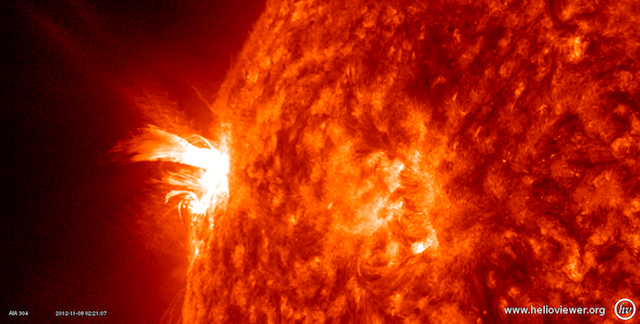
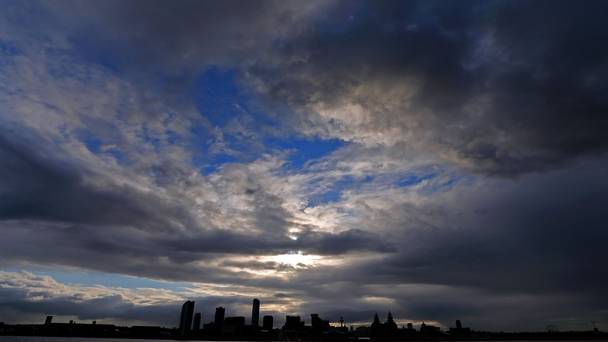
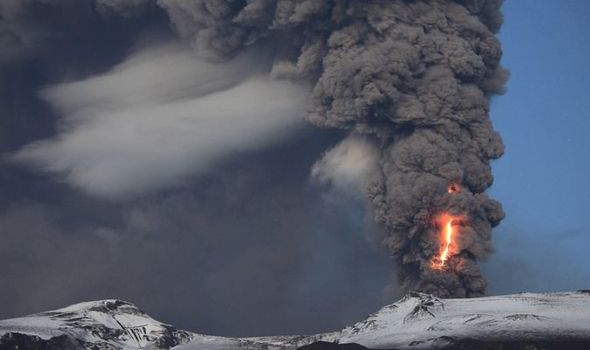
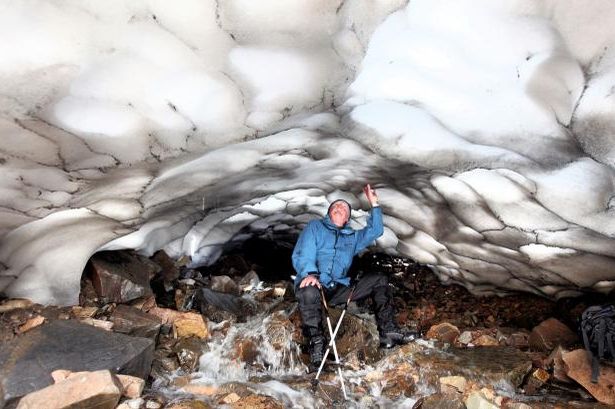
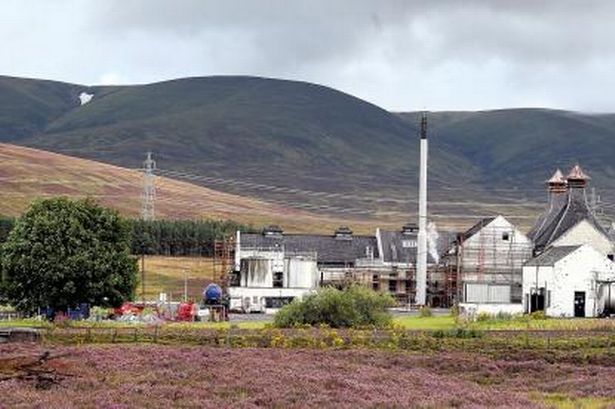




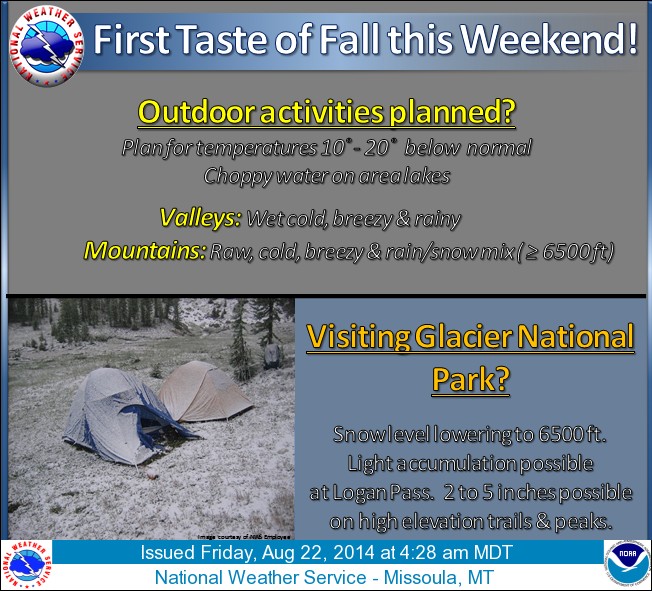
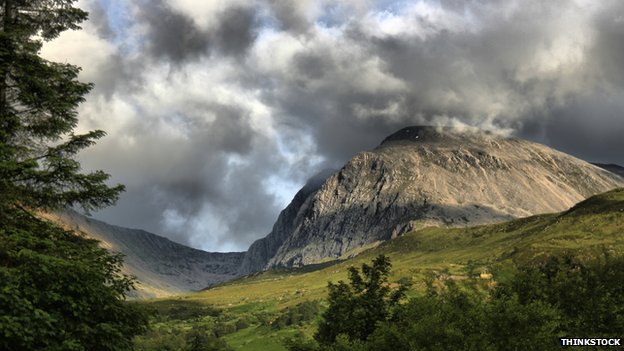



Comment: Gigantic Icelandic Volcano Could Plunge Europe Into Immediate Ice Age...